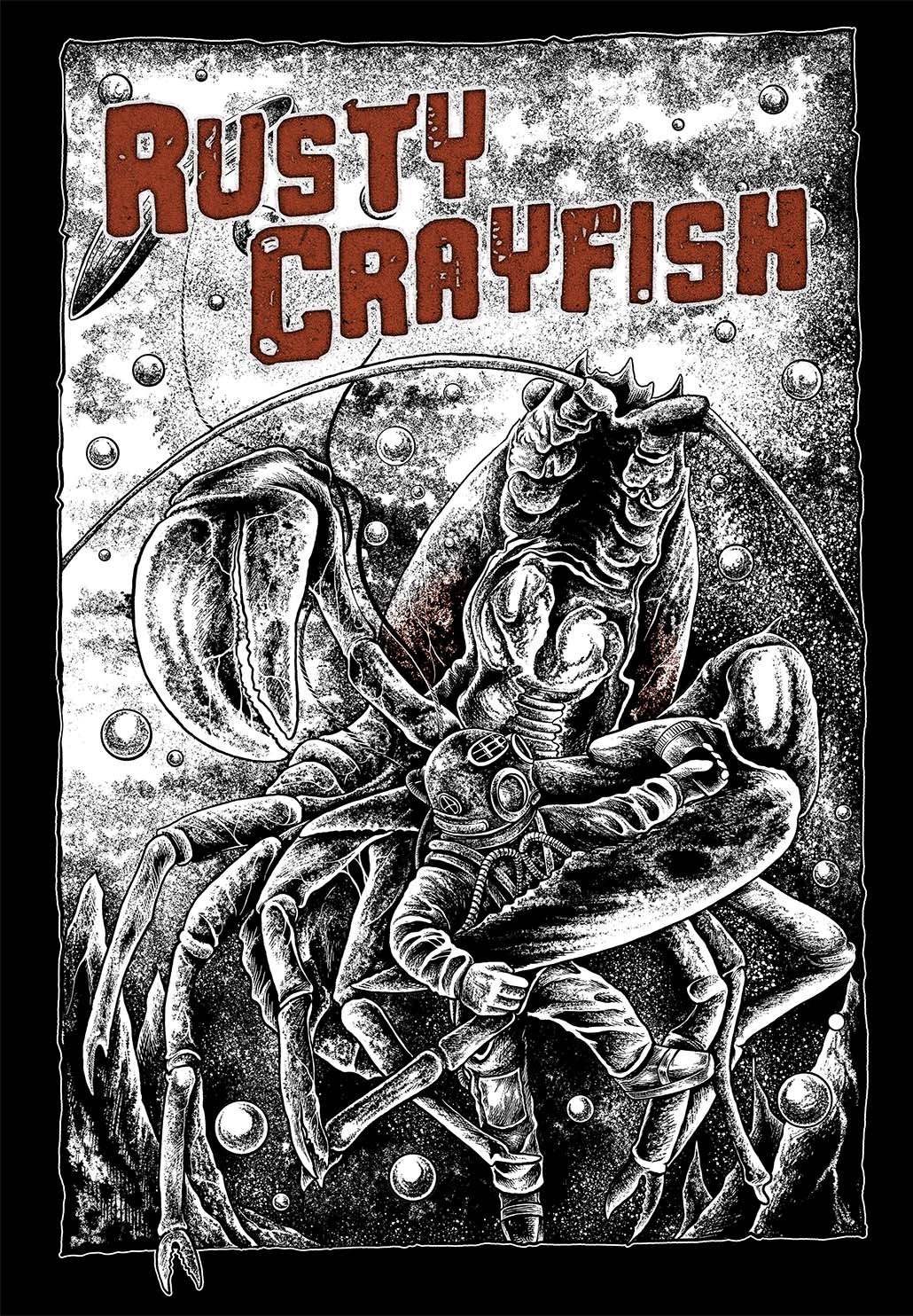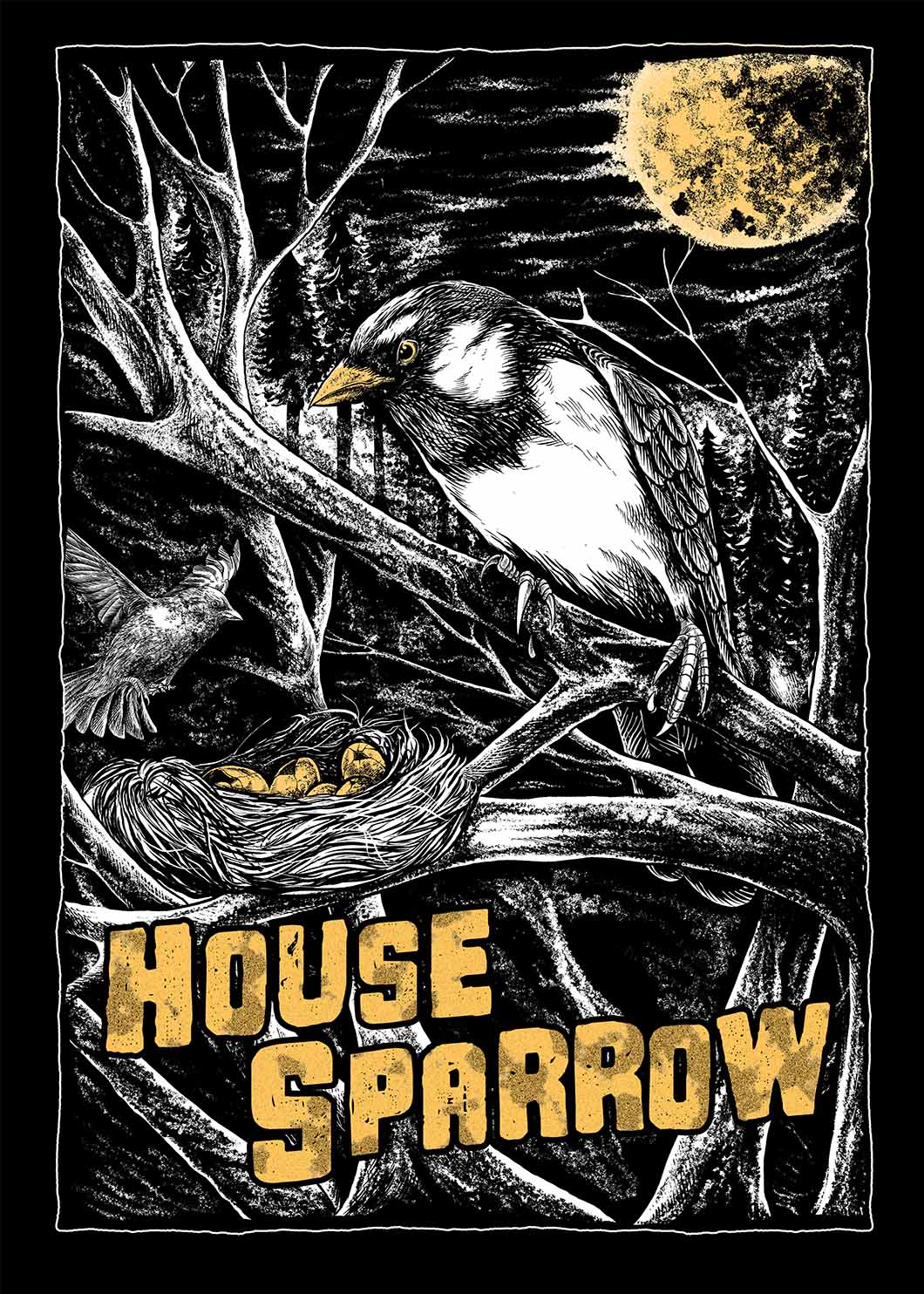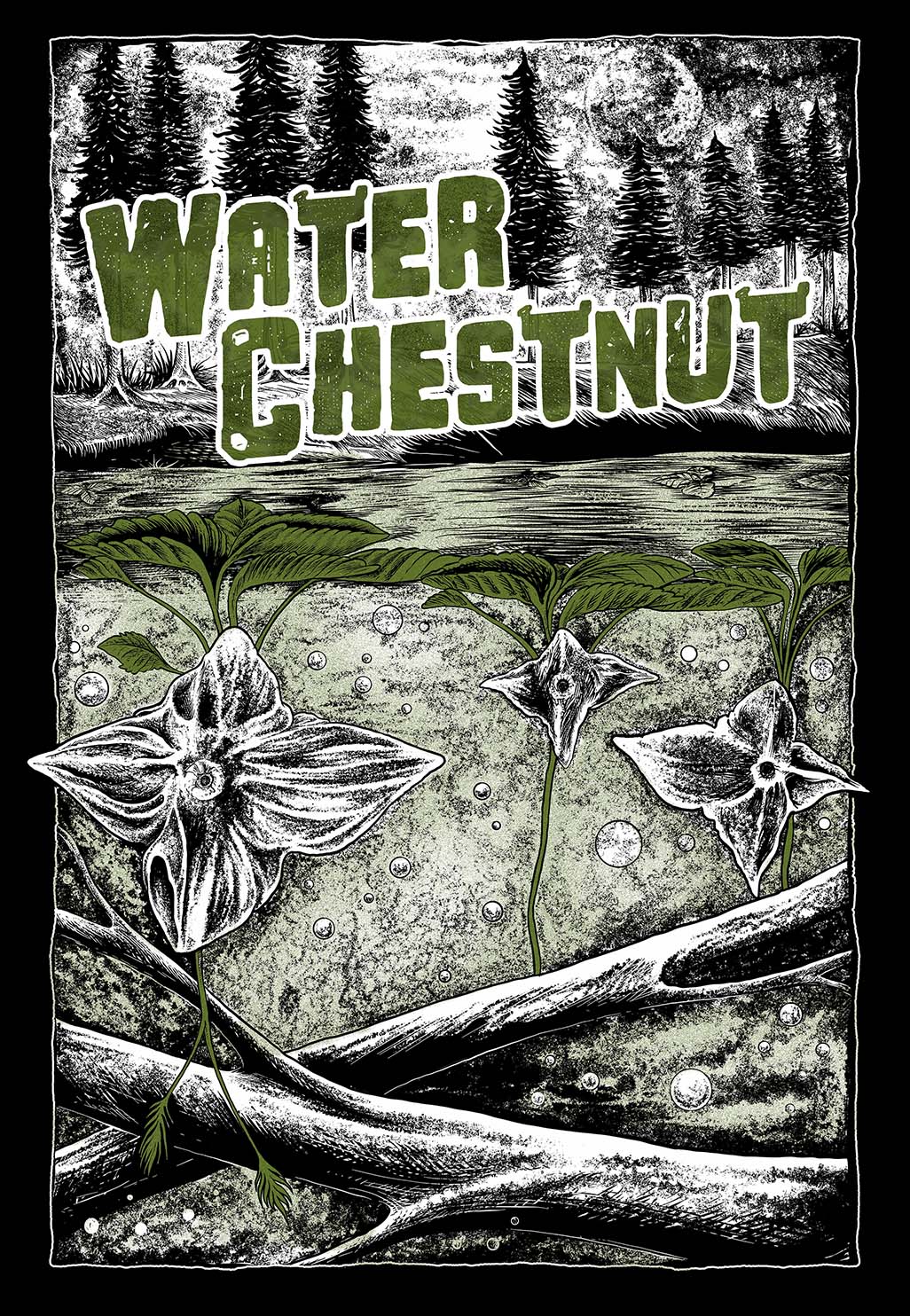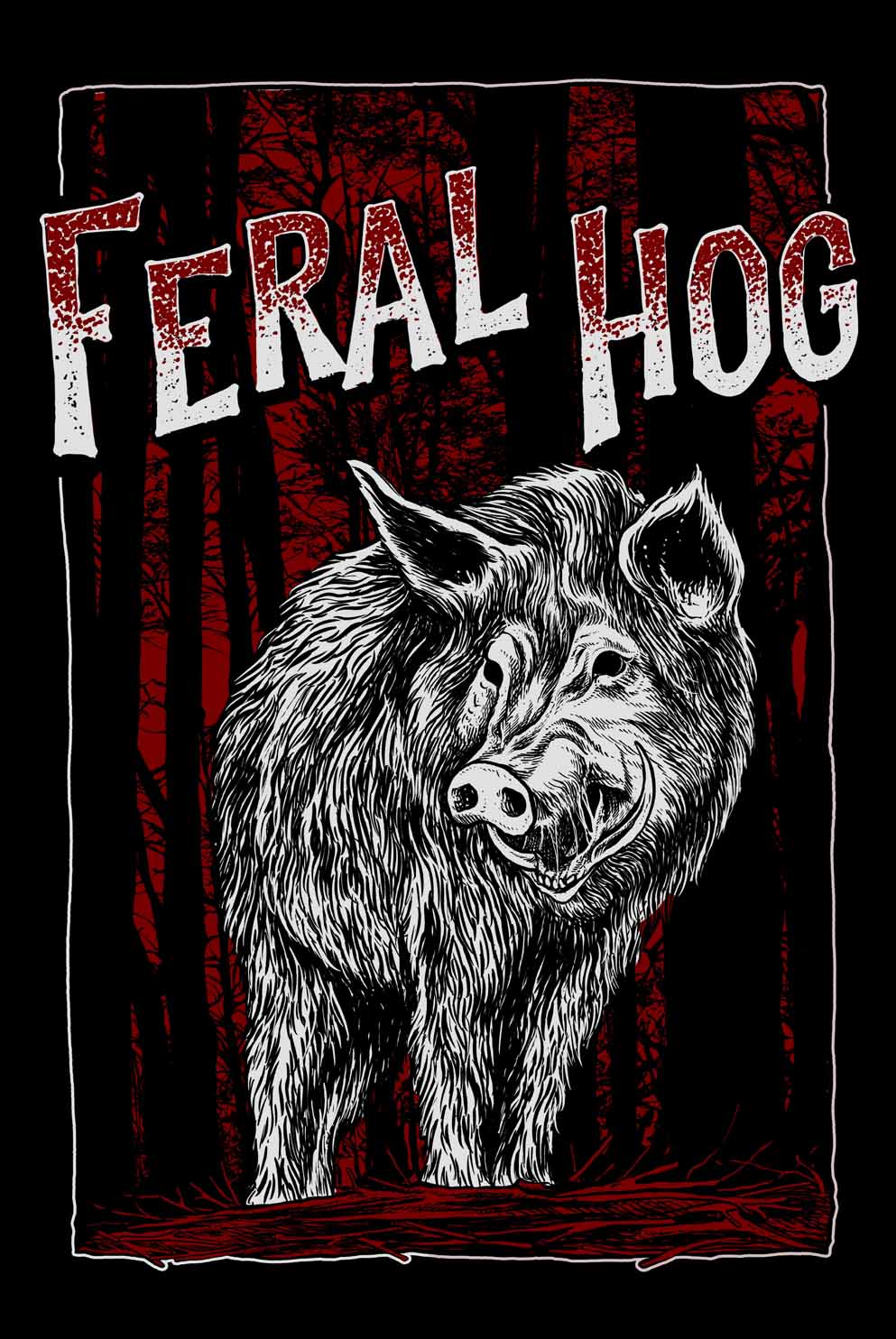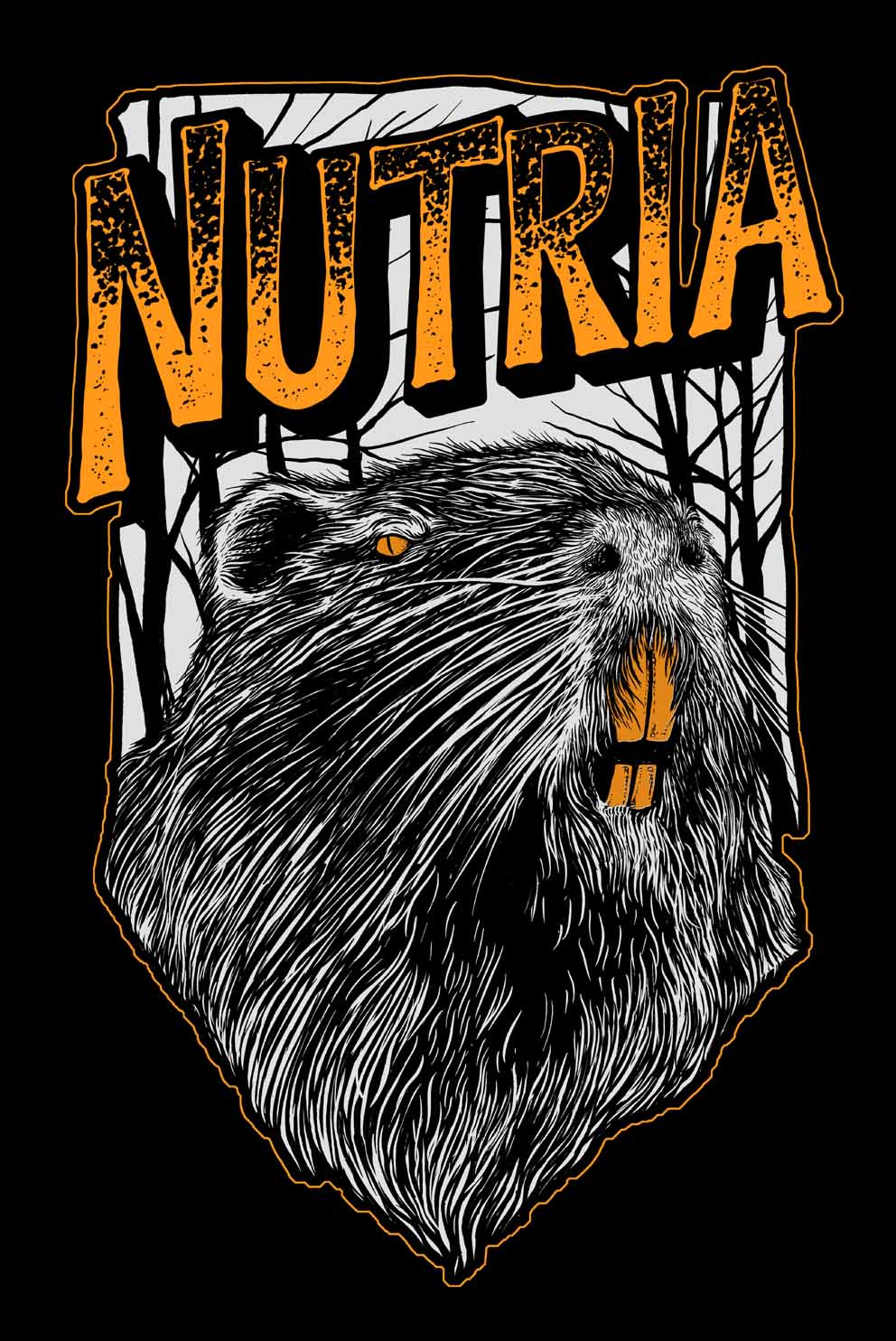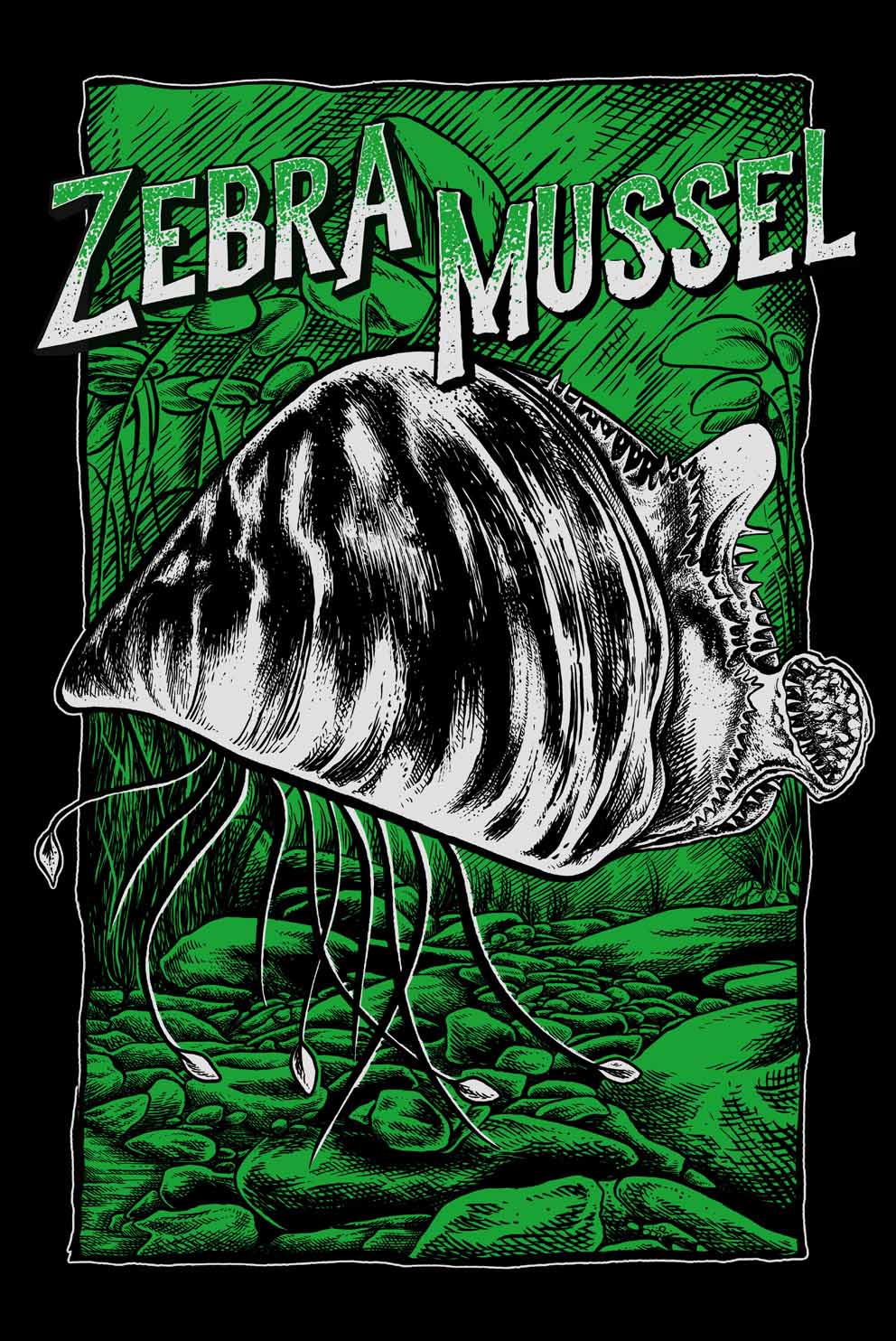
Snakehead
Native to parts of Asia and Africa, northern snakeheads have the unusual combination of an intimidating appearance and yet being delicious to eat. In Virginia since 2004, the snakehead species has shown up in the Potomac and Rappahannock rivers and their tributaries as well as in various ponds and lakes.
Northern Snakeheads grow to a maximum length of about 36 inches and 18 pounds. They’re generally tan in appearance, with dark brown mottling; body somewhat elongated; long dorsal and anal fins; jaws contain numerous canine-like teeth (similar to pike or pickerel).
This fish is an obligate air breather, using an air bladder that works as a primitive lung (not found in most fish). It’s able to hibernate in substrate including cracks and crevices during cold temperatures and to go dormant in mud during droughts.
A top-level predator, it eats mostly fish, but also eats other aquatic wildlife including frogs. Exotic species like snakeheads can disrupt natural aquatic systems and may have significant impacts by feeding on and competing with native and/or naturalized fishes.
In addition, they may transmit parasites and diseases to native wildlife in those systems. Biologists continue to sample snakehead-colonized waters in an effort to learn more about the ecology and biology of this exotic fish in Virginia. Migration, exploitation, food habits, growth, and behavior of northern snakeheads are being studied; and attempts are being made to determine what impacts, if any, are occurring to aquatic communities as a result of colonization.
If you catch one of these creatures, you can help in our research by reporting it at 804-367-2925. There is also a new, easy-to-use web application for reporting observations. Anglers are required to report snakeheads kept but are not required to kill them if caught and immediately released. If an angler wishes to keep a legally caught northern snakehead, the fish must be killed to be in possession, and the angler must call the hotline or other DWR contact and report the angler’s last name, date of catch, location of catch, and size. DWR does encourage harvest of snakehead.
/Learn More

